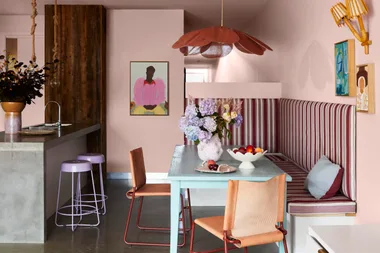It pains us to be the bearer of bad news but someone has to do it. Pendant lighting has started to garner a bit of attention… and not the good kind. Dubbed as ‘dated’ and ‘out of style’, pendant lighting is facing some harsh criticism, especially in the kitchen. Critics are going so far as to disregard pendant lighting as ‘visual clutter’.
But we think the naysayers are a bit too harsh. After all, pendant lighting has remained a staple in kitchens for decades. If it can prevail against decades of changing tastes, surely it shouldn’t be dismissed so quickly.
While we’re quick to bid adieu to some decorating trends, we simply don’t believe the love affair with pendant lighting deserves to end. Whether you’re a fan of pendant lighting or someone who can’t wait for the obsession to fade, it’s clear that kitchen lighting is a big and complex topic. We’ve spoken to the experts to find out whether pendant lighting has a place in modern homes (and what type of lighting you can use if you refuse to join that bandwagon).

How to create a good kitchen lighting scheme
The right lighting can transform a kitchen, enhancing both its practicality and ambience. But where do you start? Good kitchen lighting combines three key layers: ambient lighting for overall illumination, task lighting for work zones and accent lighting to highlight design features. As such, pendant lighting can certainly have a place in this scheme. “Lighting plays a crucial role in supporting both function and aesthetics,” says Kate McGlone, group design manager at Winnings, who believes lighting choices should be guided by the overall kitchen design. “Finalise your joinery aesthetics and appliances first, then select light fittings that complement these elements,” explains Kate. This will help avoid ‘dated’ looks.
Just as important is understanding how you use the space. “Look at the functionality of your kitchen and how you and your family will use it,” advises Mandi Kontos, architectural lighting designer at South Melbourne Beacon Design Studio. “Do you need more light at the dining table or the island bench? Pick one and really home in on what you want there.”
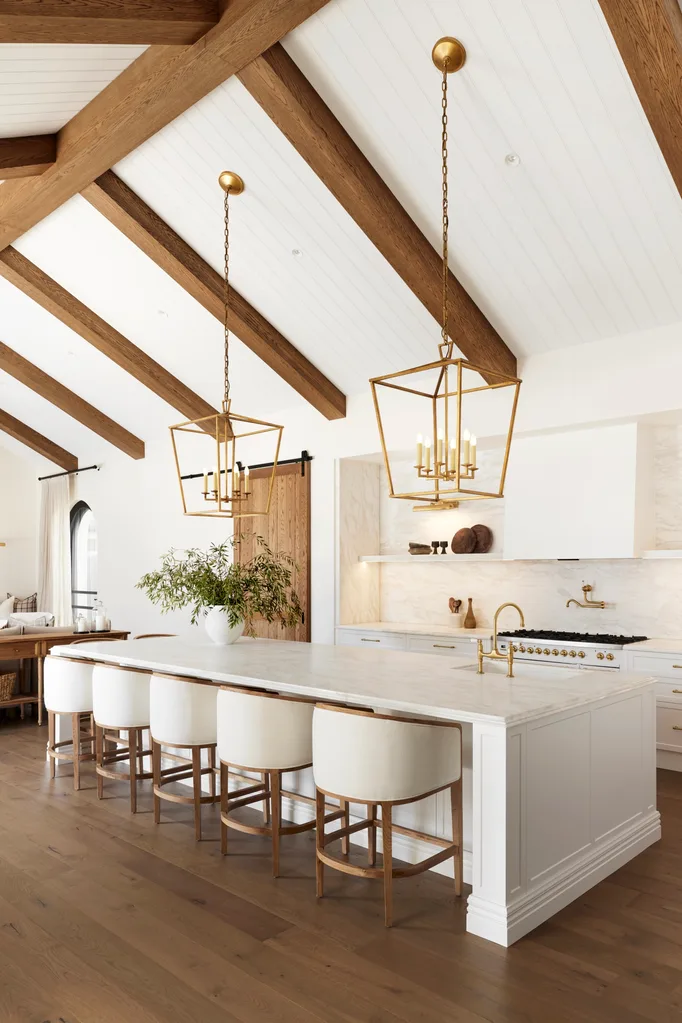
What are the most dated pendant lighting styles?
Not every home suits pendant lighting. They can draw attention to low ceilings, leading to a space that feels restrictive. If you have low ceilings, opt for lighting on a smaller scale that is less obtrusive in the space.
Another common mistake is making use of the wrong material for your room. Metal pendants, while well suited to kitchens, can end up looking clinical and sterile in bedrooms. In spaces where cosiness is a key factor, a softer pendant material will better suit the scheme.
It might sound counterintuitive, but one of the biggest mistakes you can make when decorating with pendant lighting is to use only one. Having a single light source will make you feel like you’re trapped under a spotlight. A singular light source is both impractical for tasks and also looks off-balance and odd.
What kind of pendant lighting is best for a kitchen?
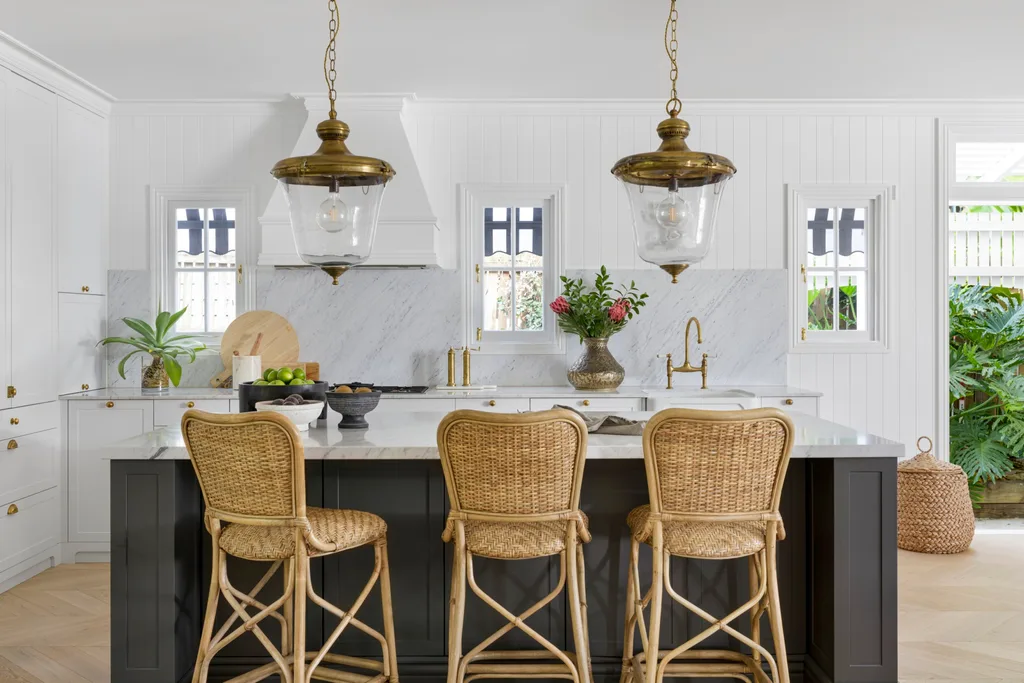
Pendant lights can be a stylish and functional way for you to illuminate a kitchen island or benchtop. The key to avoiding a ‘dated’ look is to get the placement just right. “For pendant lighting, I generally recommend placing it 75–90cm above the benchtop,” says Kate. “This ensures enough clearance for functionality while providing ample illumination without obstructing the view of the kitchen. However, the height should be adapted based on the design of the light fixture.”
Mandi suggests a practical approach: “You want to have great illumination on your bench but also make sure no-one hits their head. A good rule of thumb is to aim for about a metre off your bench, then see how that feels and looks.”
For even lighting, consider using multiple pendants or alternatives like downlights or track lighting. “A pendant shines light directly down onto the bench, or you can use multiple pendants for even illumination,” Mandi explains. “Clustering pendants on one side and pairing them with downlights is often overlooked but creates a striking focal point while maintaining full functionality.”
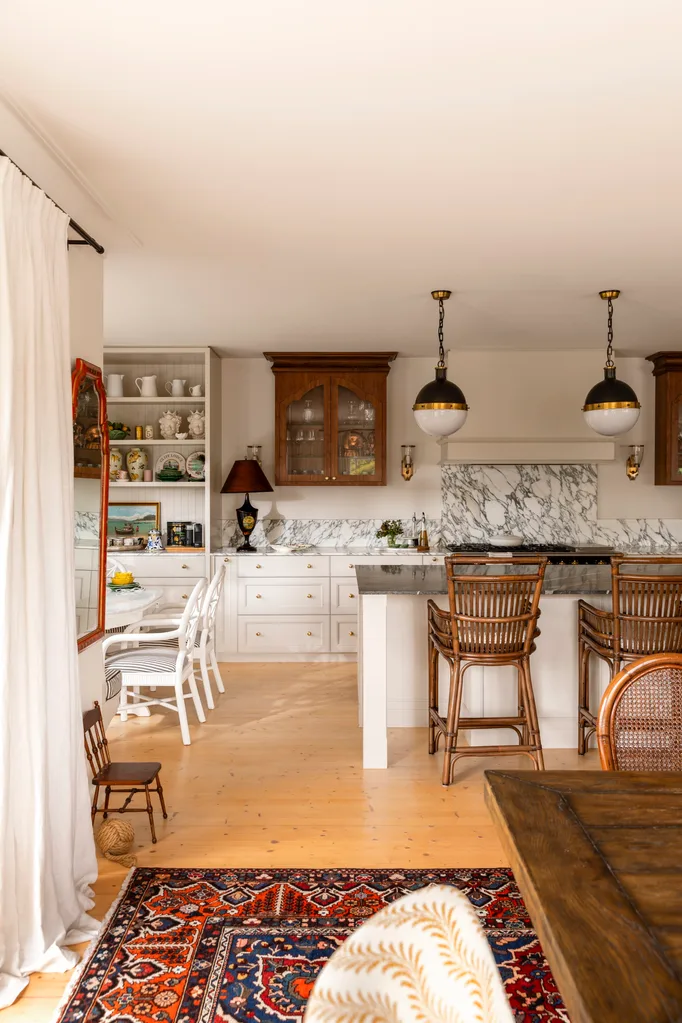
What are the most common kitchen lighting mistakes?
Kate McGlone, group design manager at Winnings, shares the common lighting mistakes you’re likely making – and how to avoid them.
- Choosing cool light over warm – Cool-toned lighting can make a kitchen feel clinical. Warm lighting provides the necessary brightness for tasks while creating a welcoming, inviting atmosphere.
- Not enough dimmable lighting – Lighting should be adaptable. Dimmable options let you adjust brightness for cooking, entertaining, or creating a cosy mood.
- Forgetting to have fun – Lighting is the final touch that brings your kitchen design together. Treat it like an accessory – play with styles, finishes and placements to make it uniquely yours.
Can lamps have a place in your kitchen lighting scheme?

Lamps are emerging as a surprising yet effective addition to kitchen lighting. Once reserved for use in living spaces, they’re now being embraced for their ability to add warmth, personality and a softer glow to the heart of the home. “This is another trend that I see coming through more and more – having a lamp as a little nook statement,” says Mandi. “You can definitely hardwire the lamp and have it switched with your overhead lights. Or you can hide it behind decorative pieces like boards and trays.”
Beyond aesthetics, a well-placed lamp can enhance a kitchen’s overall lighting scheme. Kate recommends layering various types of lighting. “Consider separate switching for different light sources, such as integrated joinery lighting, feature pendants or wall lights, and general overhead lighting. This offers greater flexibility, allowing you to tailor the ambience and functionality of your kitchen to suit your needs.”
Most importantly, lamps provide an opportunity to have fun with design. “Don’t be afraid to experiment and have fun with your choices,” says Kate. Whether it’s a sculptural piece or a vintage find, a lamp can be a small yet striking detail that elevates the space.
What kind of wall lights are best for a kitchen?

Once an afterthought in kitchen lighting, wall lights are now having a major moment, adding both style and subtle illumination. “There’s a current trend where people are putting wall light accents next to rangehoods or in a little nook,” says Mandi. These small but impactful fixtures help to create a warm, inviting glow while enhancing architectural details.
Kate sees decorative lighting as the ideal finishing touch. “Decorative lighting should be a joyful final step in your kitchen design, much like finding the perfect shoes to complete an outfit.” Wall lights provide soft illumination, reducing the need for harsh overhead lighting.
Material choice also plays a big role in the appeal of decorative wall lights. “Natural materials continue to dominate in kitchen lighting, with brass and bronze remaining popular choices,” says Kate. “In recent times, bronze has been on the rise, surpassing the long-favoured brass. Bronze is highly versatile, offering an understated luxury aesthetic that complements a variety of kitchen styles, from contemporary and traditional to industrial.” Whether they’re framing a rangehood or tucked into a cosy corner, wall lights help to bring personality and warmth to the kitchen zone, making them a stylish addition to any space, big or small.
How to maximise natural light in your kitchen

Maximising natural light in a kitchen not only enhances its design but also creates a bright, inviting space that feels open and welcoming. Skylights, clerestory windows, and glass splashbacks are all clever ways to bring in more daylight, reducing the need for artificial lighting during the day while complementing your overall lighting scheme.
“Lighting has the power to dramatically enhance and elevate a kitchen design,” explains Kate. “I always recommend warm lighting, as it provides the necessary brightness for tasks such as cooking or studying while creating a welcoming and inviting atmosphere.” Natural light plays a crucial role in achieving this balance, helping to soften artificial illumination and prevent a space from feeling overly harsh or clinical.
Skylights and clerestory windows introduce daylight from above, making them ideal for kitchens with limited wall space for traditional windows. Glass splashbacks can also be a game-changer, allowing light to filter through while adding a sleek design element. By thoughtfully incorporating these natural light sources, you can create
a kitchen that feels bright, comfortable, and effortlessly functional throughout the day.

The latest kitchen lighting trends
Mandi Kontos, architectural lighting designer at South Melbourne Beacon Design Studio, shares the latest design trends in kitchen lighting.
- Statement lamps – A stylish and unexpected addition, lamps in kitchen nooks create a warm, inviting glow while adding personality to the space.
- Travertine lighting – This natural stone is making its way into lighting, offering a beautifully textured, organic feel that complements a variety of different kitchen styles.
- Glass features – From smoky to ribbed, coloured to sculptural glass lighting is evolving beyond the classic clear pendant for a more custom, eye-catching look.
- Clustering pendants – Asymmetry is in. Grouping pendants to one side instead of centring them creates a striking focal point while maintaining functionality.
- Wall light accents – A growing trend, wall lights beside rangehoods add soft illumination and a decorative touch, balancing task lighting with warmth.
The Edit: Shop 10 of the best lighting options
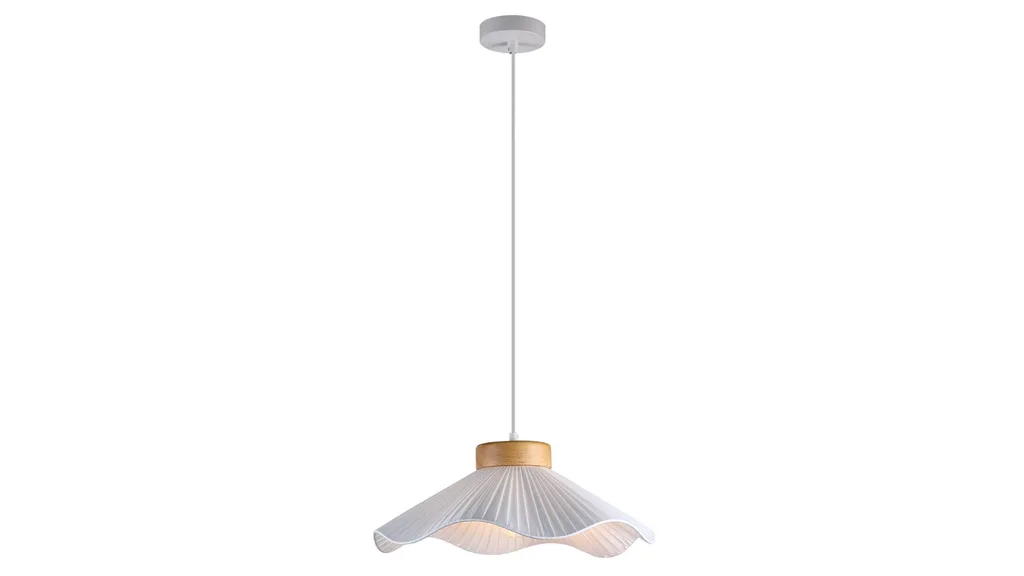
Luminea ‘Kenny’ pendant in Light
$79.99/40cm diameter, Temple & Webster
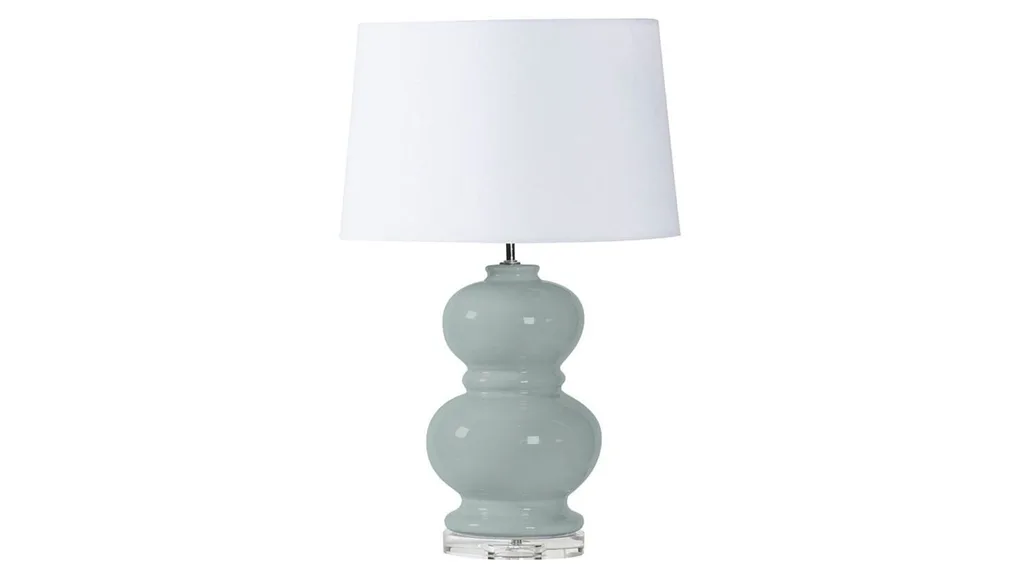
Canvas and Sasson ‘Kalpi’ table lamp
$379, Freedom
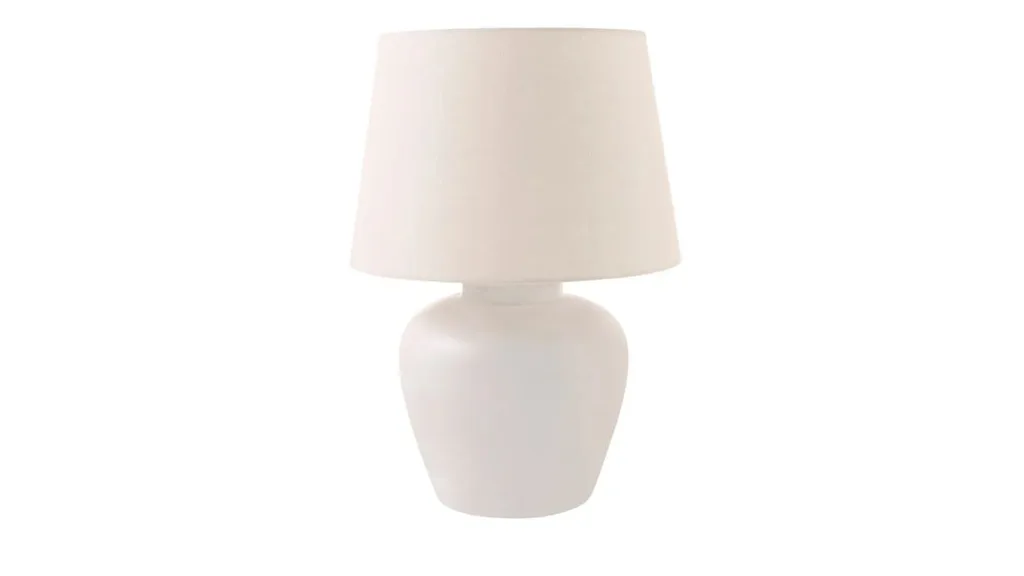
‘Manchester’ table lamp in Off White
$99.99/small, Adairs

DCW Editions ‘Here Comes the Sun’ pendant in White and Copper, $1950, Winnings
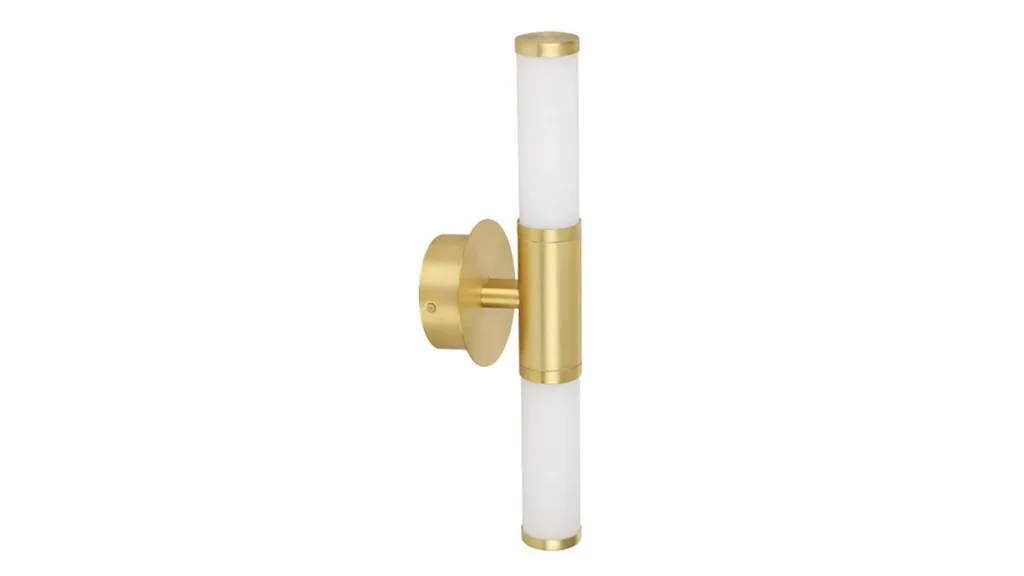
Eglo Palmera warm wall light in Brushed Brass
$199/set of 2 (was $269), The Blue Space
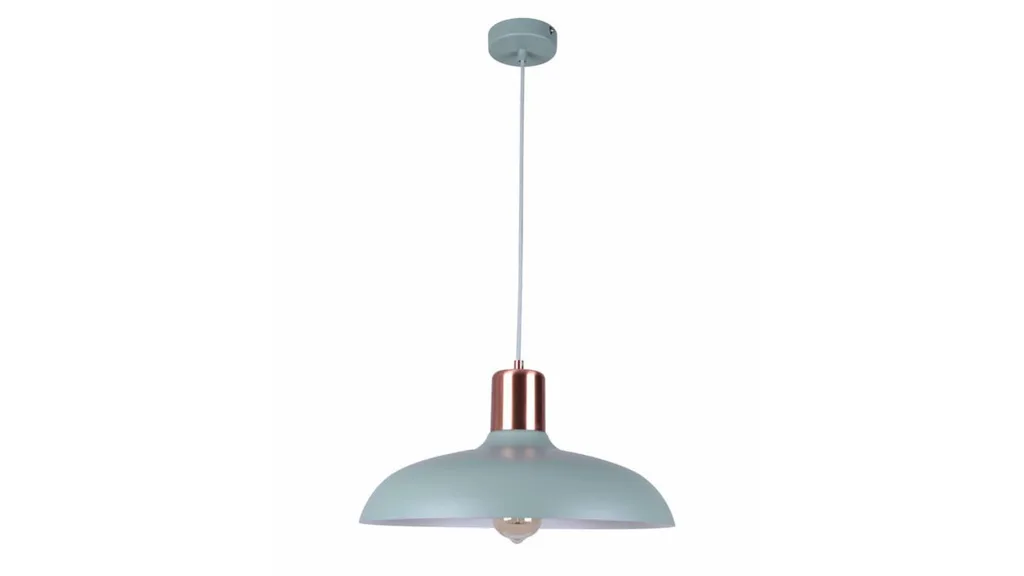
Pastel ‘Dome’ ceiling pendant in Matte Green
$180 (was $189), Freedom
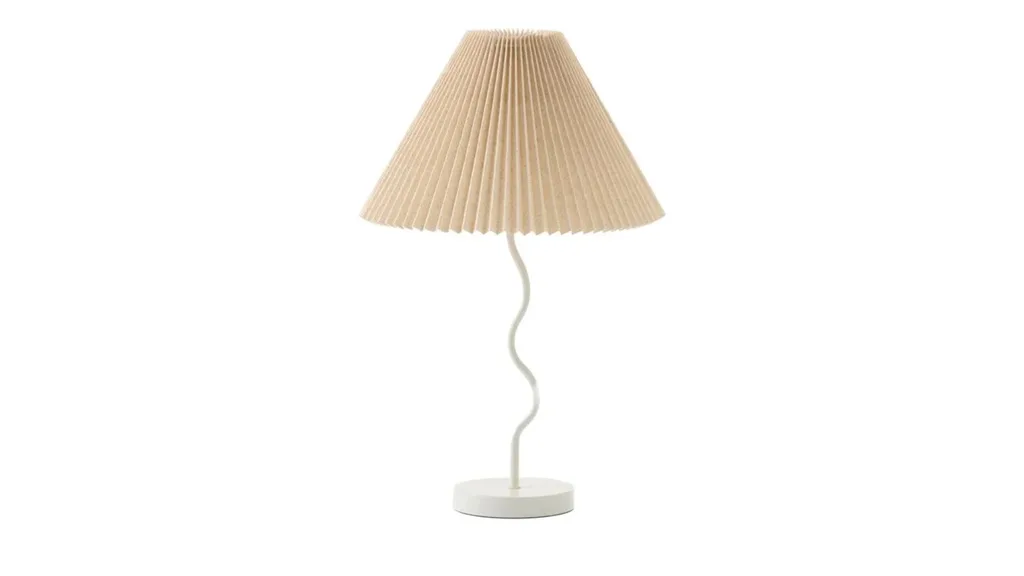
‘Catalina’ coconut milk & linen table lamp
$139.99, Adairs
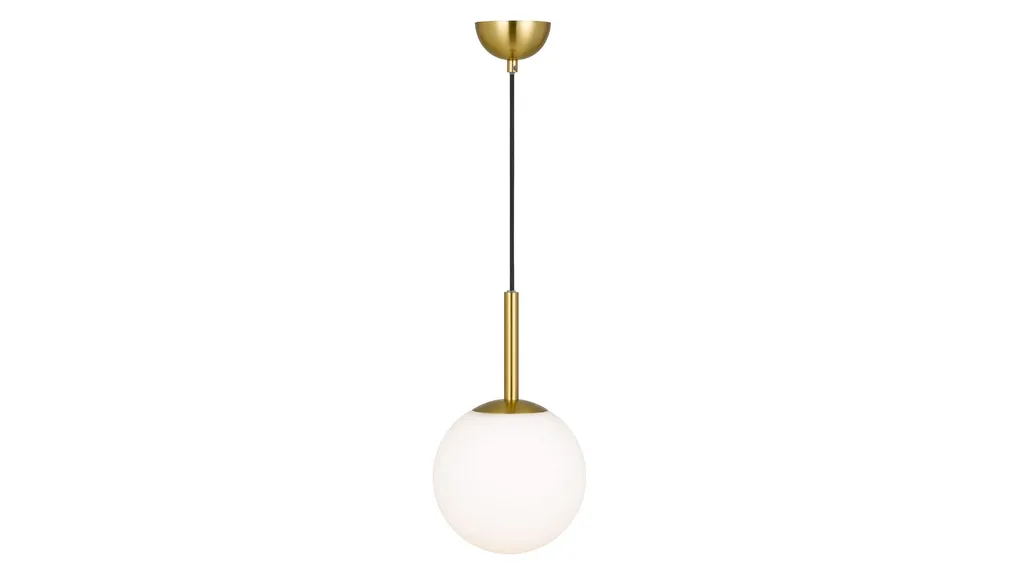
‘Ballly’ pendant in Antique Gold and Opal,
$109.99 – $329.99, Temple & Webster
 Photography: Lisa Cohen / Styling: Tess Newman-Morris
Photography: Lisa Cohen / Styling: Tess Newman-Morris
